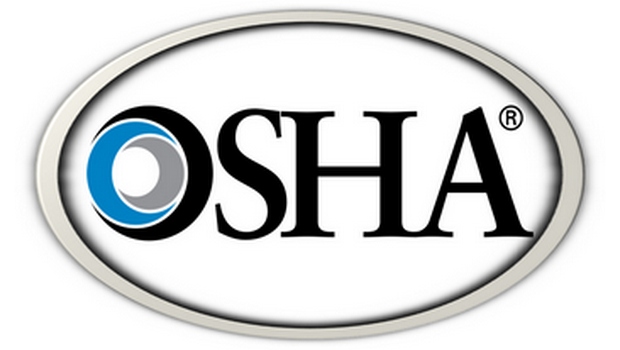U.S. inspectors to receive ammonia training

The Global Cold Chain Alliance (GCCA), in collaboration with the International Institute of Ammonia Refrigeration (IIAR) and the University of Wisconsin Madison’s Industrial Refrigeration Consortium (IRC), has sponsored a five-week web-based U.S. Occupational Safety and Health Administration (OSHA) training course for OSHA inspectors.
The course seeks to familiarise safety inspectors with large ammonia refrigeration systems (usually over 10,000 lbs).
“It’s about developing training for OSHA inspectors, so they are more appropriately focused on how an ammonia refrigeration system works,” Lowell Randel, vice-president, government and legal affairs, Global Cold Chain Alliance (GCCA) said.
The first session – on ‘Ammonia Refrigeration Systems, Technology, and Safety’ and taught by IRC instructors – took place on January 9 with 30 attendees, and there will be five more two-hour sessions over the next few weeks.
The sessions give participants an overview of ammonia refrigeration systems and equipment; machinery room safety procedures; Recognized And Generally Accepted Good Engineering Practices (RAGAGEP) applicable to ammonia refrigeration systems; IIAR standards and guidelines; refrigeration system failure mechanics; non-destructive examination technologies; and pressure relief protection for engineered safety systems.
For Randel and the GCCA, the training sessions are very important as they “inform OSHA inspectors on different systems that are used”. OSHA typically deals with the chemical sector or other heavy industries. Randel says inspectors are not necessarily used to ammonia systems that are hermetically sealed and do not know “the many things going on in an ammonia system”.
So far, they have run a number of web and in-person training sessions for OSHA inspectors and aim to do more. They have also provided training for the U.S. Environmental Protection Agency (EPA), which also manages ammonia system safety under the Risk Management Plan (RMP) regulation.
“We [the ammonia sector and OSHA] all share the goal of safety. So, we think it’s good to ensure a good relationship between the EPA and OSHA, and to share best practices between regulators and industry,” Randel said.
By the end of the course, participants should have an understanding of the types of engineered safety systems applied to industrial ammonia refrigeration systems and their principles of operation, a basic understanding of the RAGAGEP that is applicable to industrial ammonia refrigeration systems.
They should also understand the common failure mechanics that can compromise the mechanical integrity of industrial ammonia refrigeration systems.
